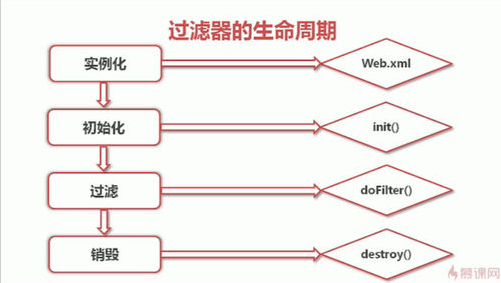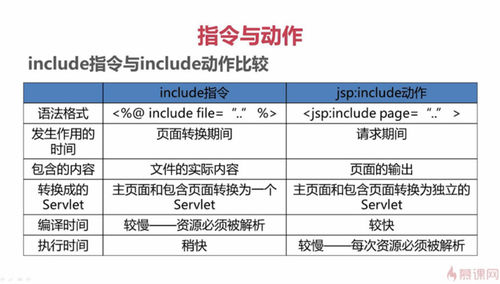Java Web开发技术应用-过滤器
1. Java过滤机制-声明周期

2. 第一个过滤器
1、创建一个过滤器类 ,继承自servlet下的Filter
2、重写三个方法init() doFilter() destroy()方法
(1)init()初始化:这个方法可以读取web.xml文件中的过滤器初始化参数。通过参数FilterConfig arg0可以获取更多参数
(2)doFIlter()核心:完成实际的过滤操作。当用户请求访问与过滤器【关联的URL】时,Web容器将先调用过滤器的doFilter方法,FilterChain arg2参数可以调用chain.doFilter方法,将请求传给下一个过滤器(或目标资源),或利用转发,重定向将请求转发给其他资源。
(3)web容器在消耗过滤器前调用该方法,用于释放过滤器占用的资源。(大多数情况用不到)
2.1 定义Filter
1 | package liulx.FilterDemo; |
2.2 Web.xml配置

过滤器能够改变用户请求的Web资源,也就是能够改变用户请求的路径。
过滤器不能直接返回数据,不能直接处理用户请求。
1 | <filter> |

